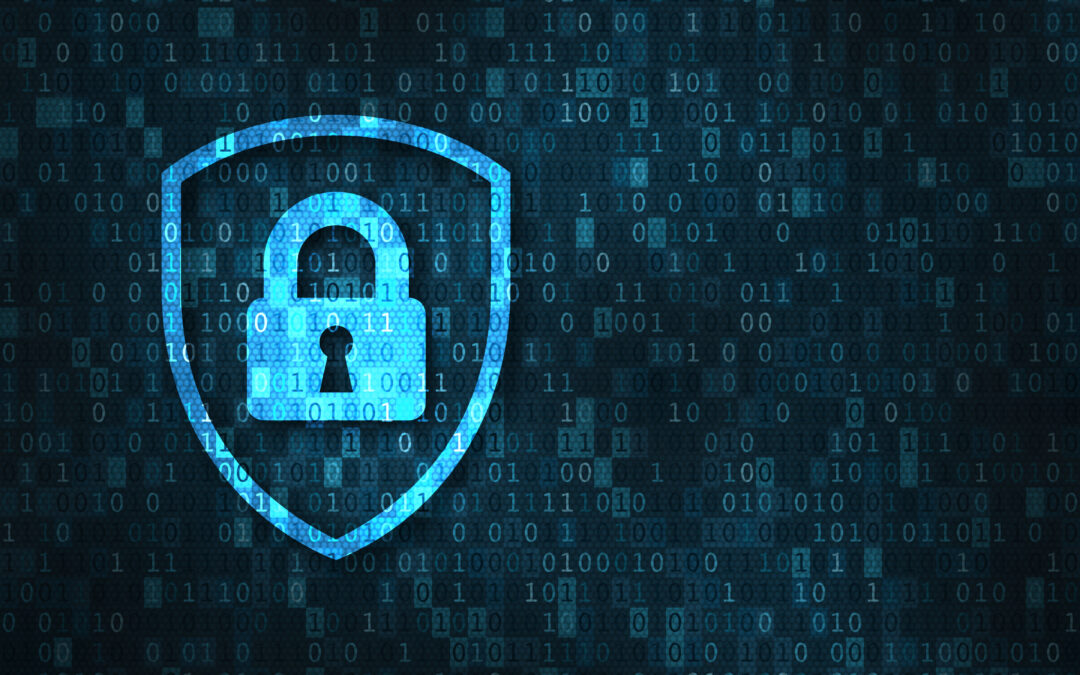Ever hit “send” on an email containing sensitive information, then cringe a moment later realizing you forgot to turn on encryption? Unfortunately, traditional email operates like a postcard – anyone with access to the route can peek at the message. This lack of encryption exposes your data to a world of prying eyes, from hackers to even your internet service provider (ISP).
But fear not! Just like locking your mailbox, encryption offers a powerful layer of security for your digital correspondence. Let’s explore why email encryption is crucial and how it safeguards your sensitive data.
The Perils of Unencrypted Emails
Imagine sending a document containing financial details or personal information through unencrypted email. Anyone who intercepts it – a hacker, a scammer, or even someone snooping on your connection – can read it plain and clear. This can lead to a number of security breaches:
- Identity Theft: Sensitive information like Social Security numbers or passwords can be stolen for malicious purposes.
- Data Breaches: Companies that rely on unencrypted emails for confidential data are at risk of exposing customer information.
- Privacy Violations: Even seemingly harmless emails containing personal details can be misused for targeted advertising or social engineering scams.
Encryption: Your Digital Padlock
Encryption scrambles your email’s content, rendering it unreadable to anyone without the proper key. Think of it like a secret code – only the sender and recipient possess the keys to unlock the message. There are two main types of email encryption:
- Transport Layer Security (TLS): This encrypts the communication channel between your email client and the recipient’s server. While it protects data in transit, it doesn’t necessarily secure it once stored on servers.
- End-to-End Encryption: This offers the strongest protection, scrambling the email content itself. Only the authorized recipient can decrypt and read the message, even if someone intercepts it.
Taking Control of Your Email Security
While some email providers offer built-in encryption features, you can take additional steps to ensure your data’s safety:
- Enable TLS: Most email providers offer TLS as an option. Make sure it’s always turned on.
- Use End-to-End Encryption Services: Several third-party services provide end-to-end encryption for emails. Research and choose a reputable provider that aligns with your needs.
- Be Wary of Attachments: Exercise caution when sending or opening attachments, as they can harbor malware.
Encryption: A Small Step, Giant Leap for Privacy
Email encryption may seem like an extra hurdle, but it’s a small price to pay for safeguarding your sensitive information. By taking these steps, you can ensure your emails reach their intended recipient, unread by anyone else. In today’s digital age, a little encryption goes a long way in protecting your privacy.
Get a free consultation with a DittoCast® security specialist today to move to the front of the line! https://dittocast.com/contact/ OR connect on LinkedIn

